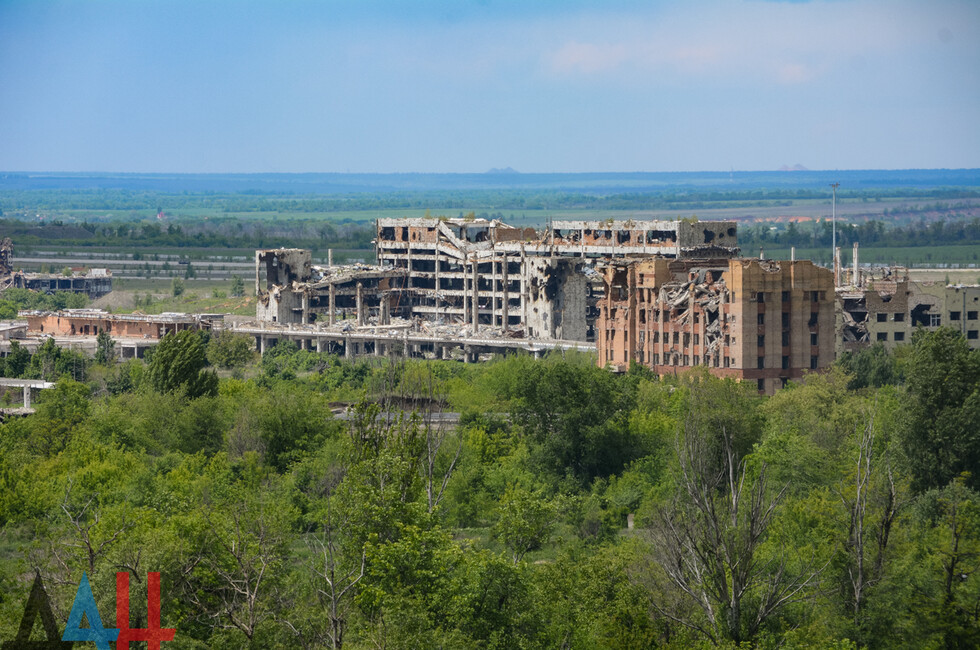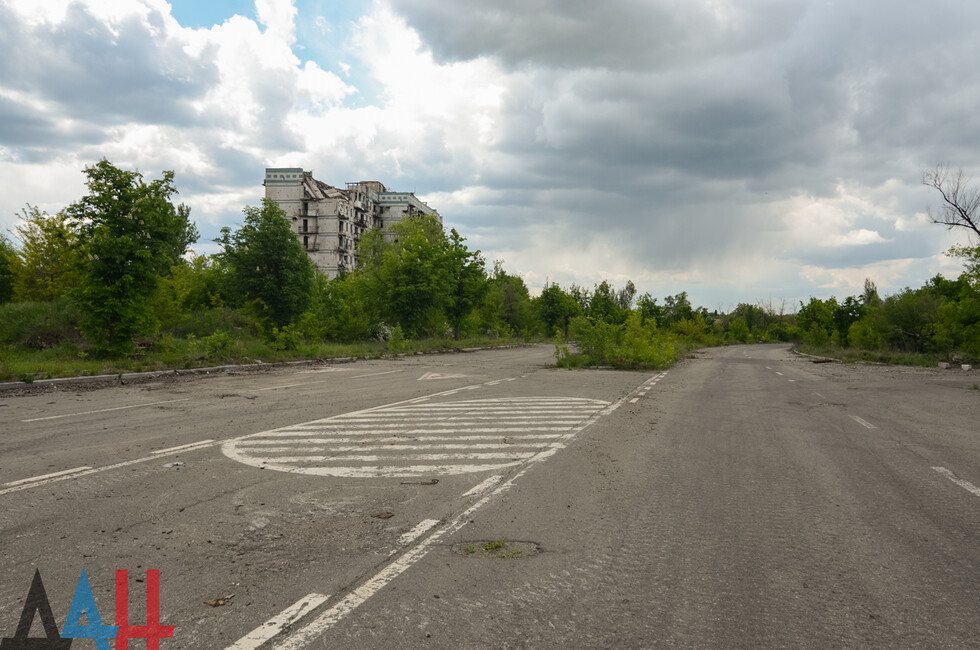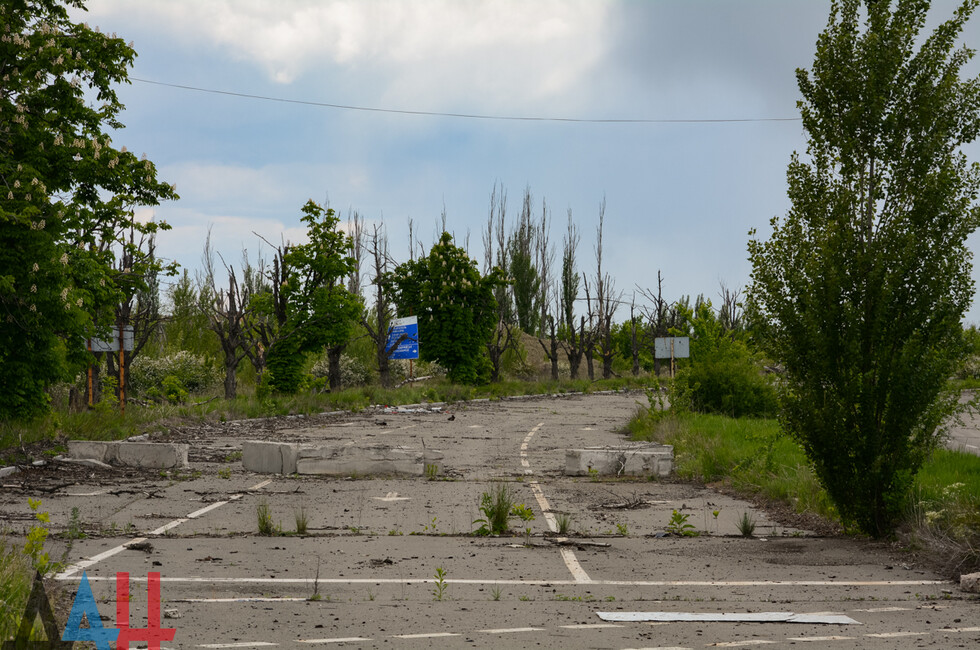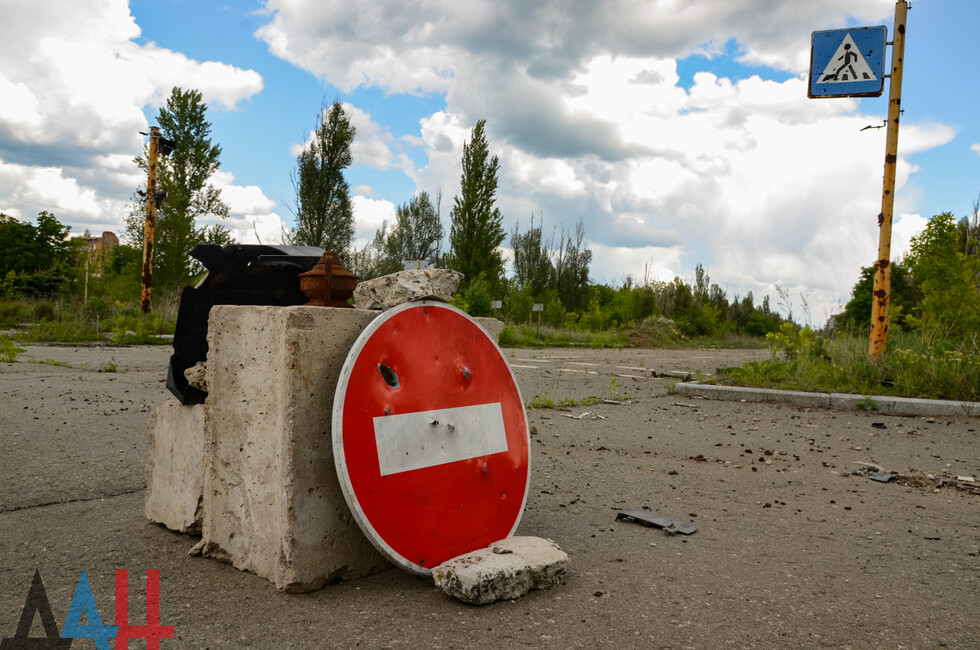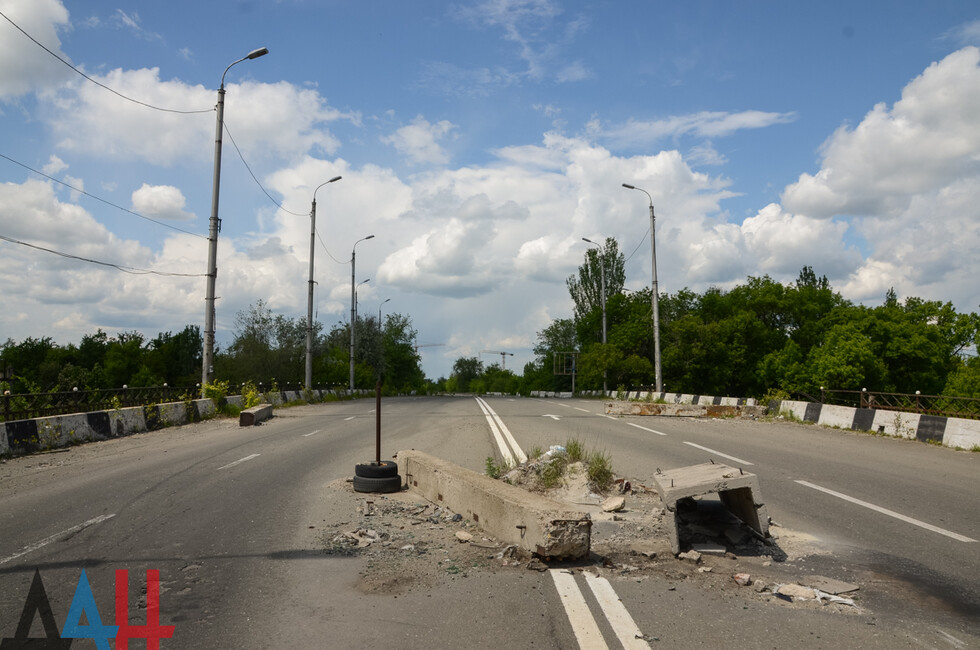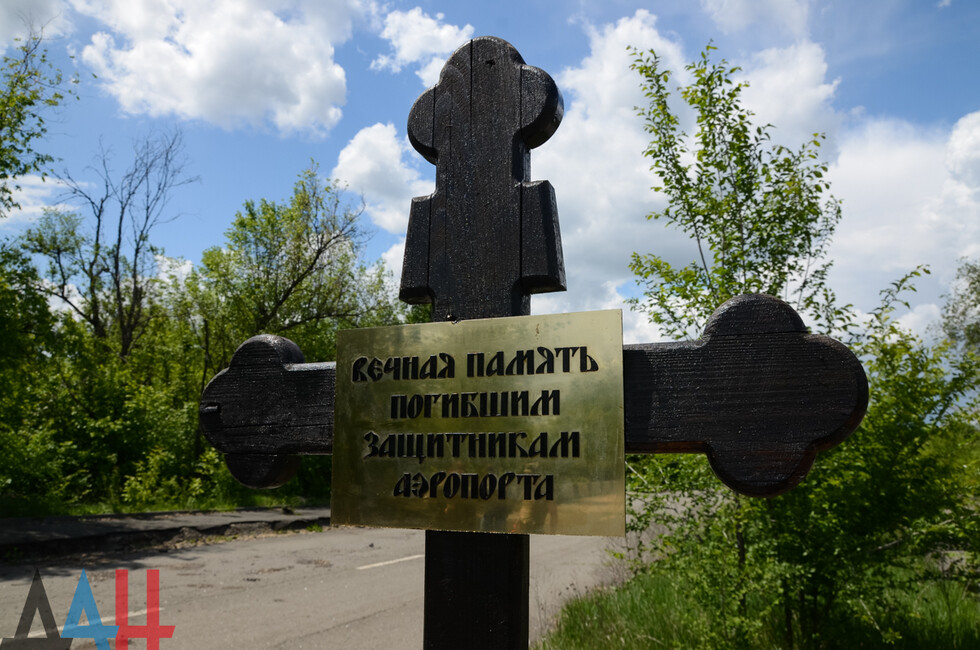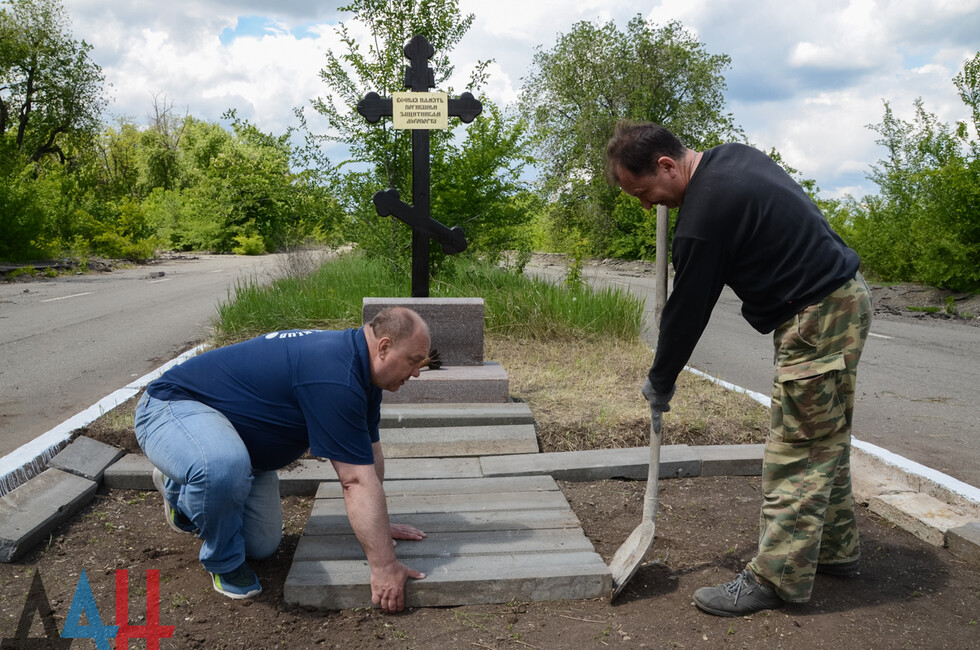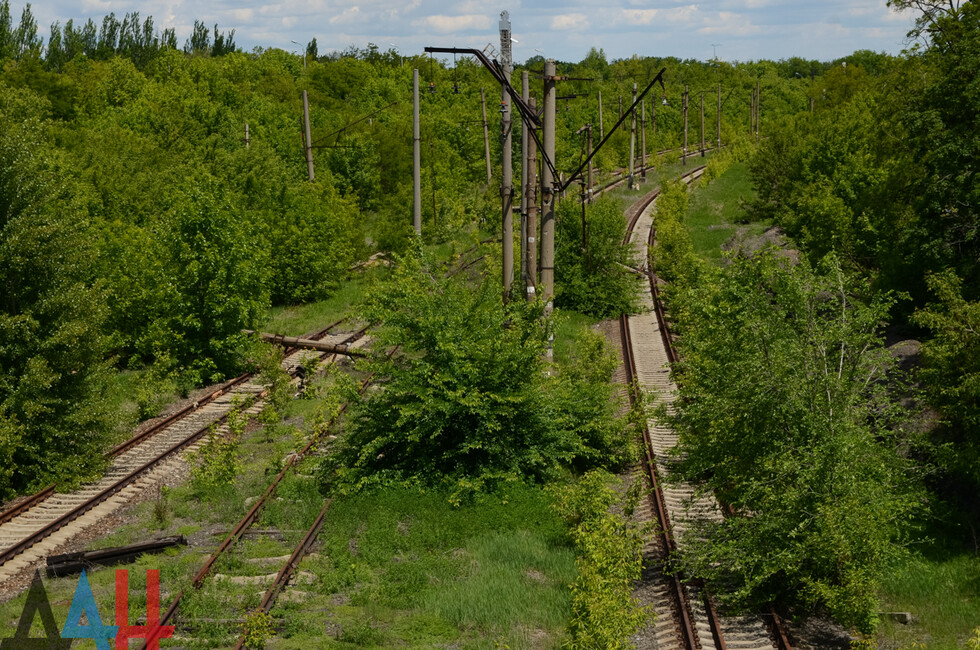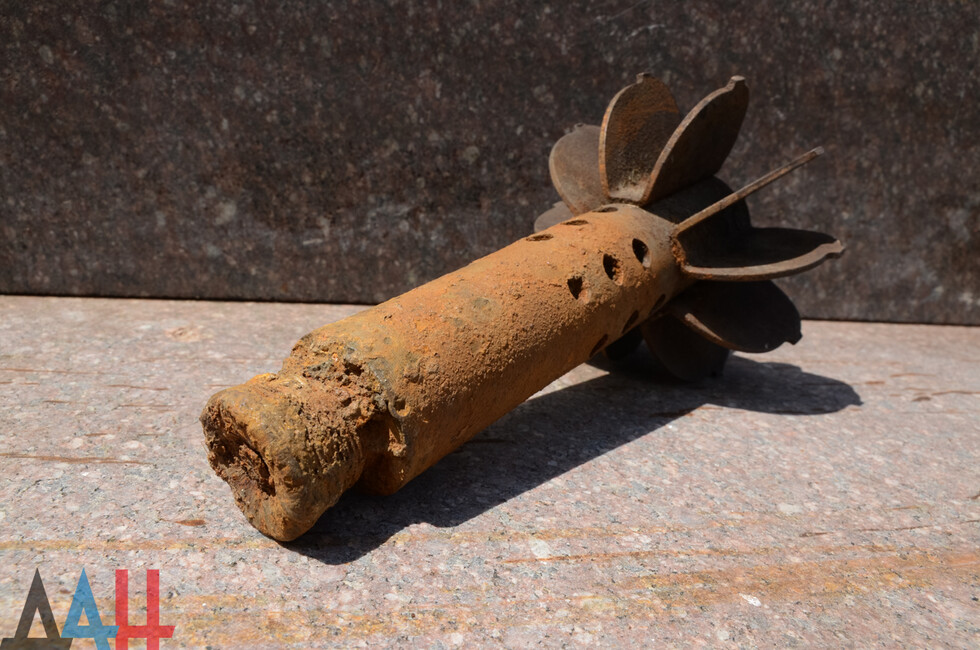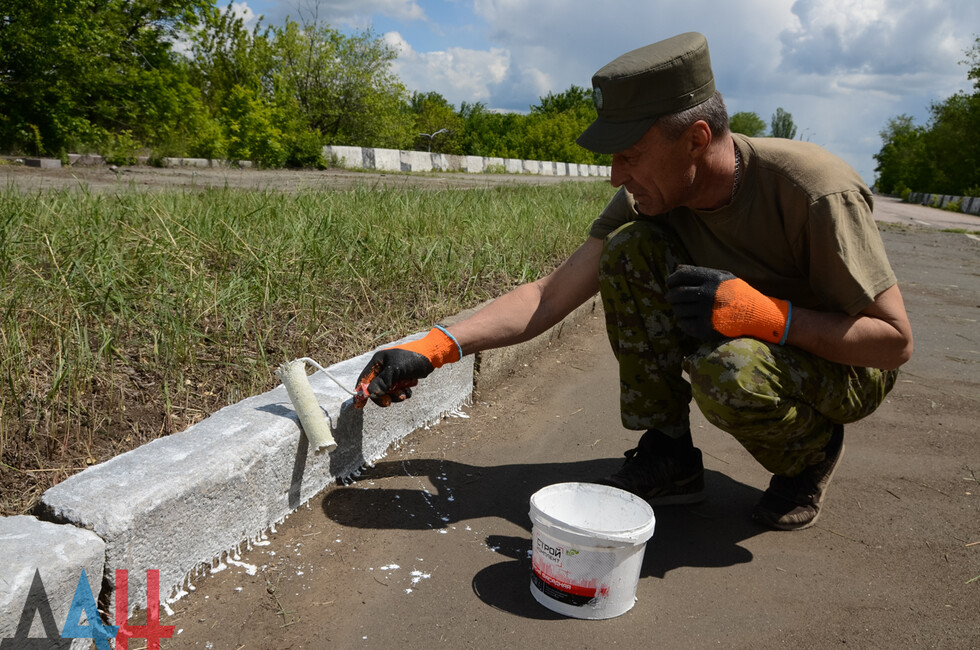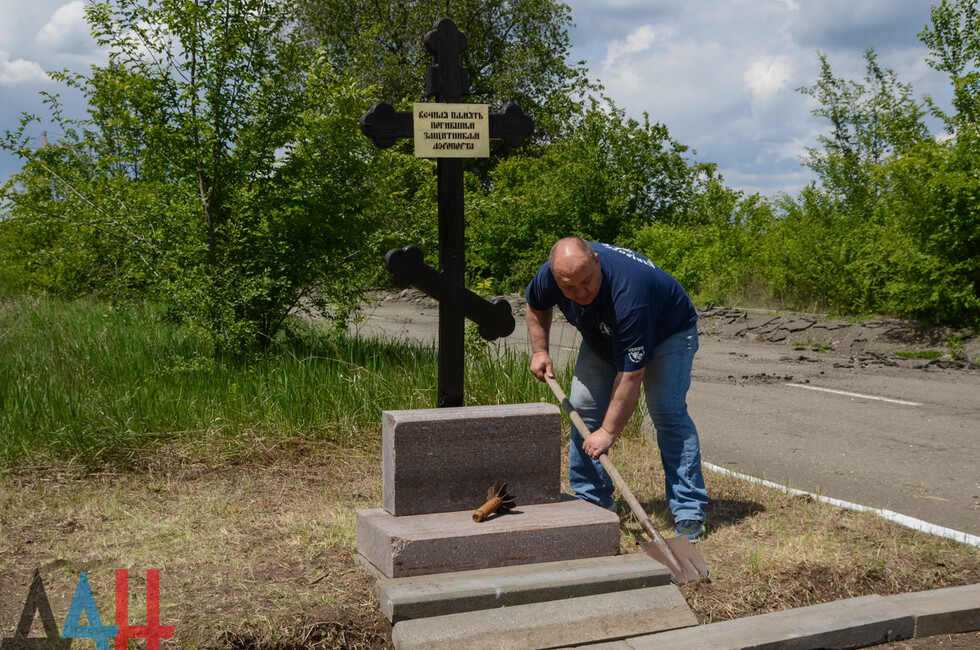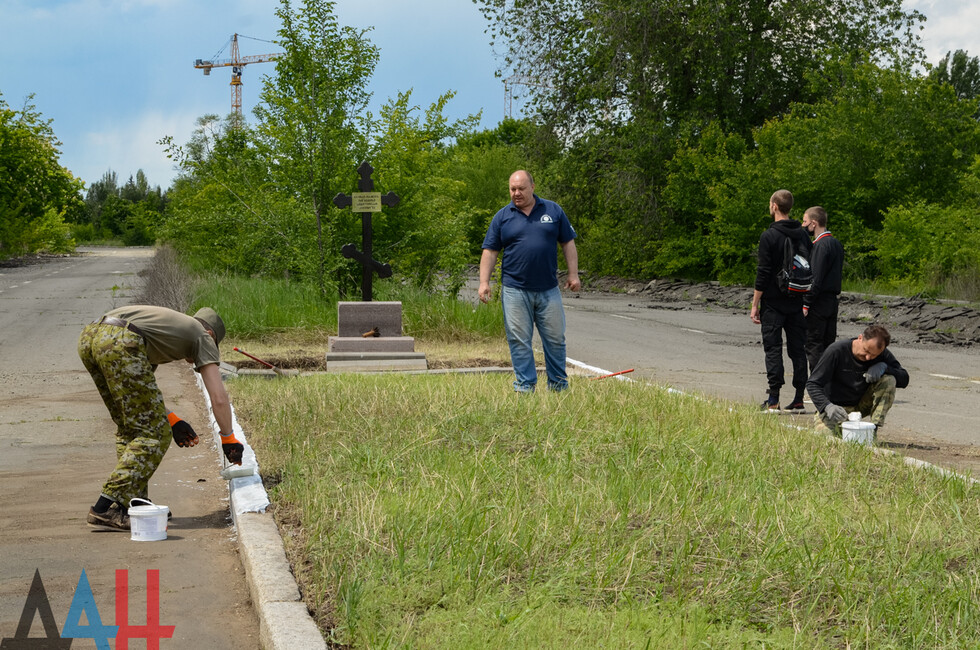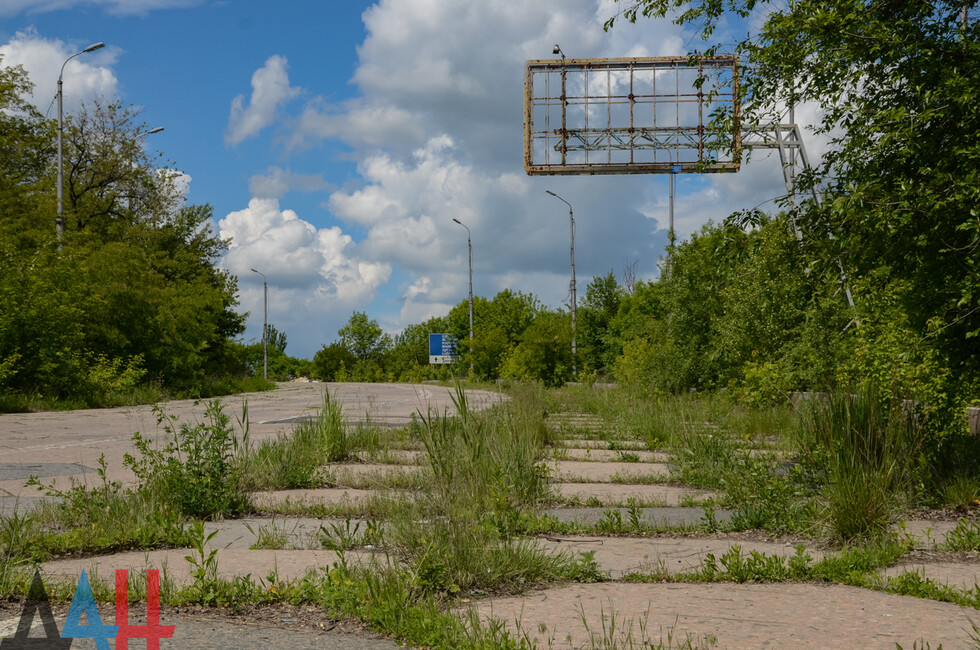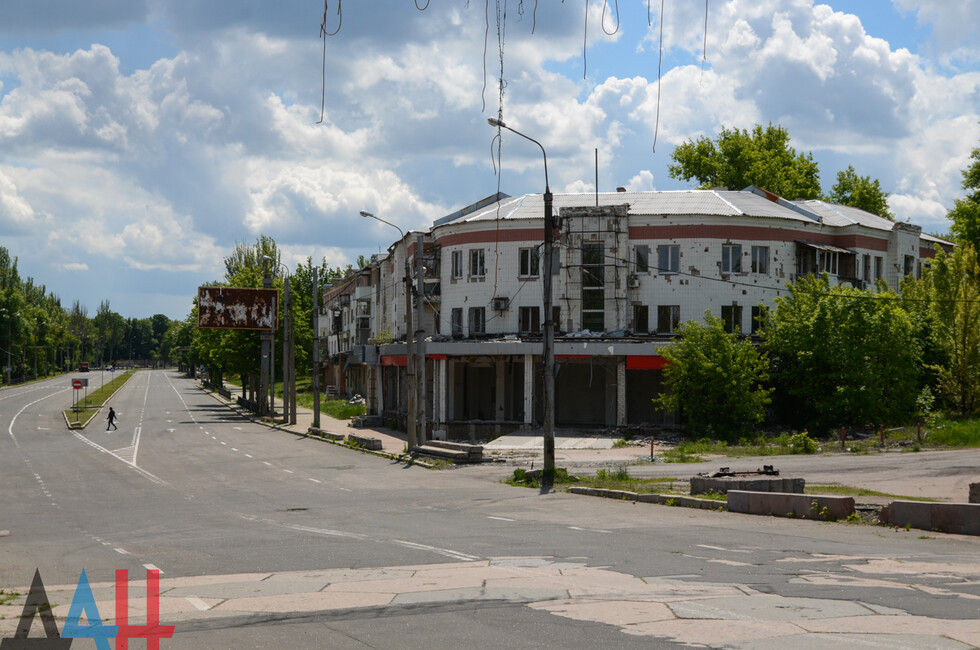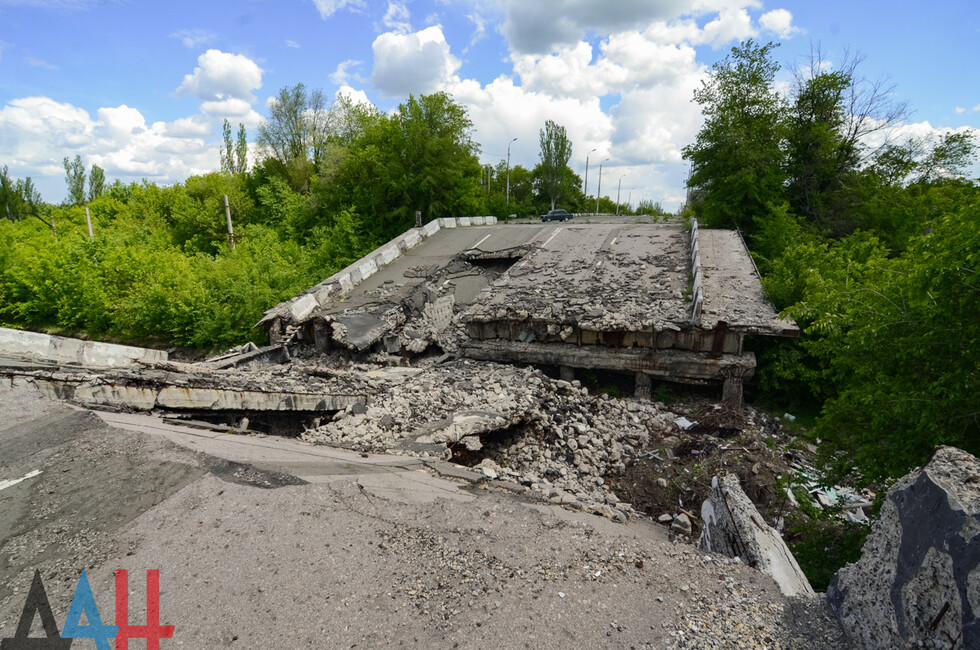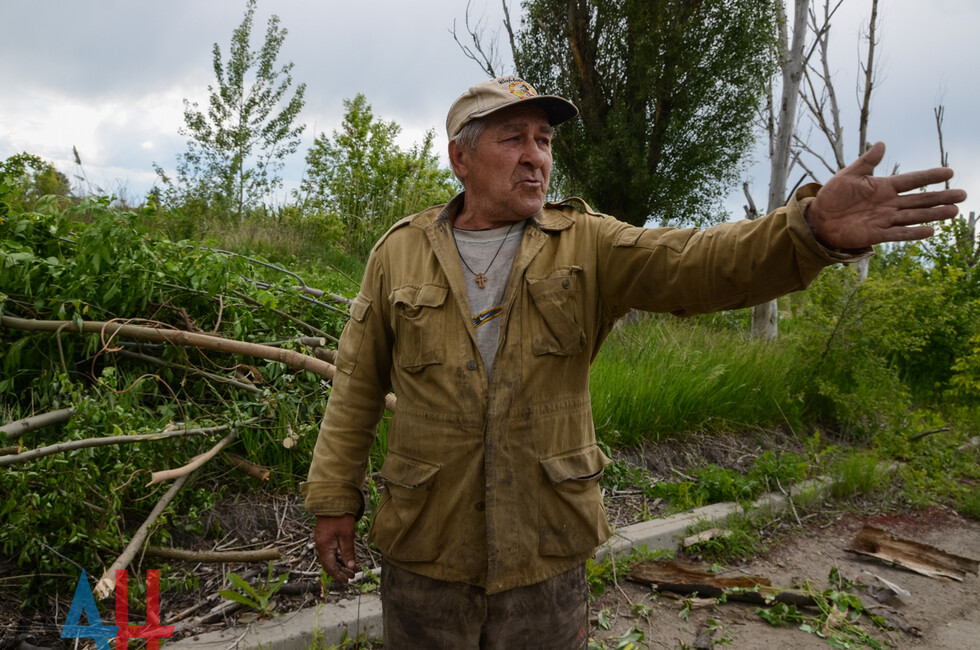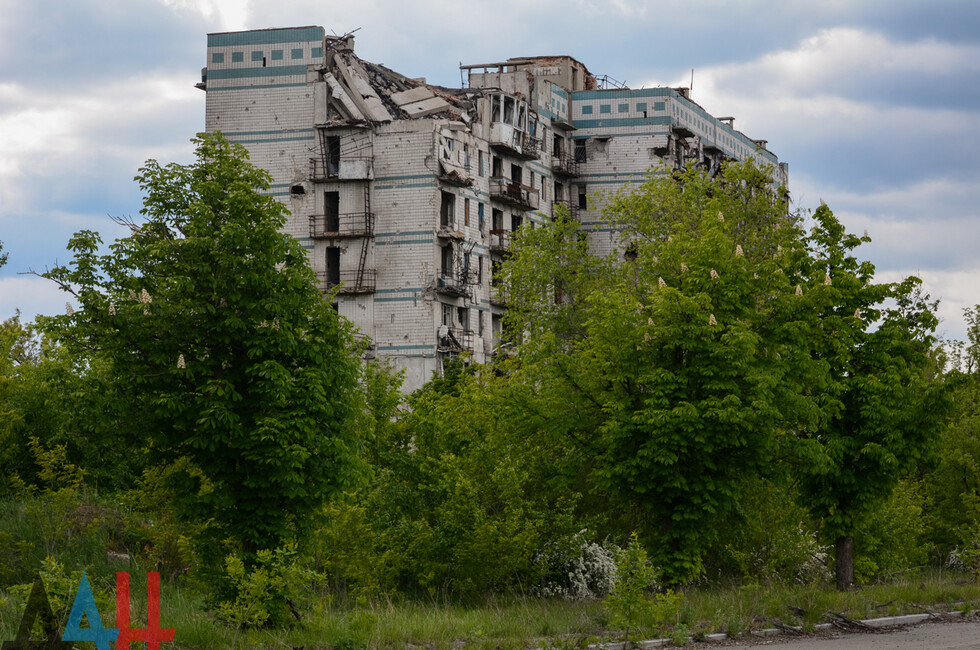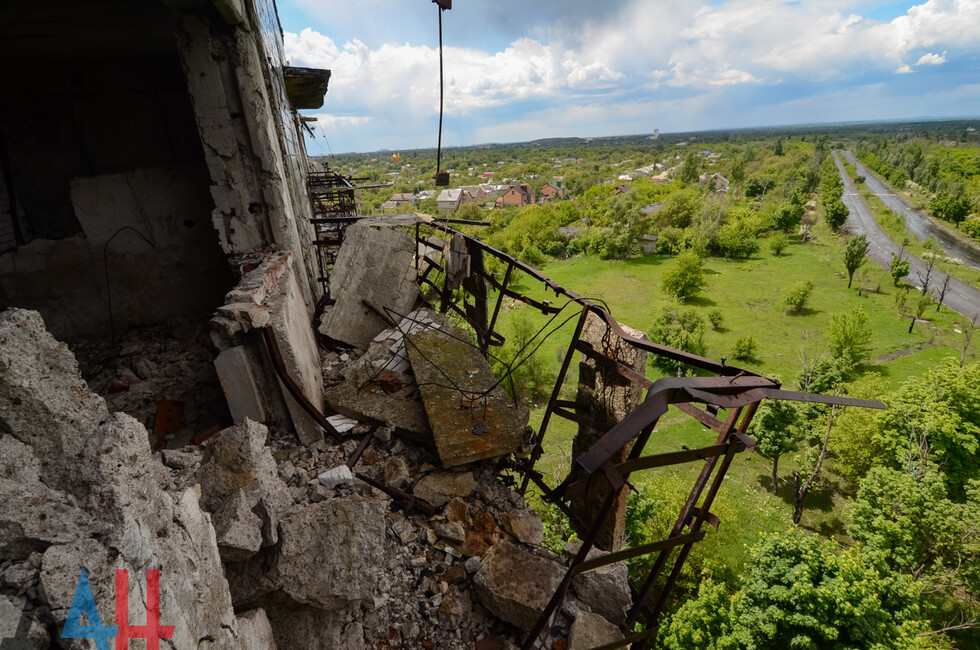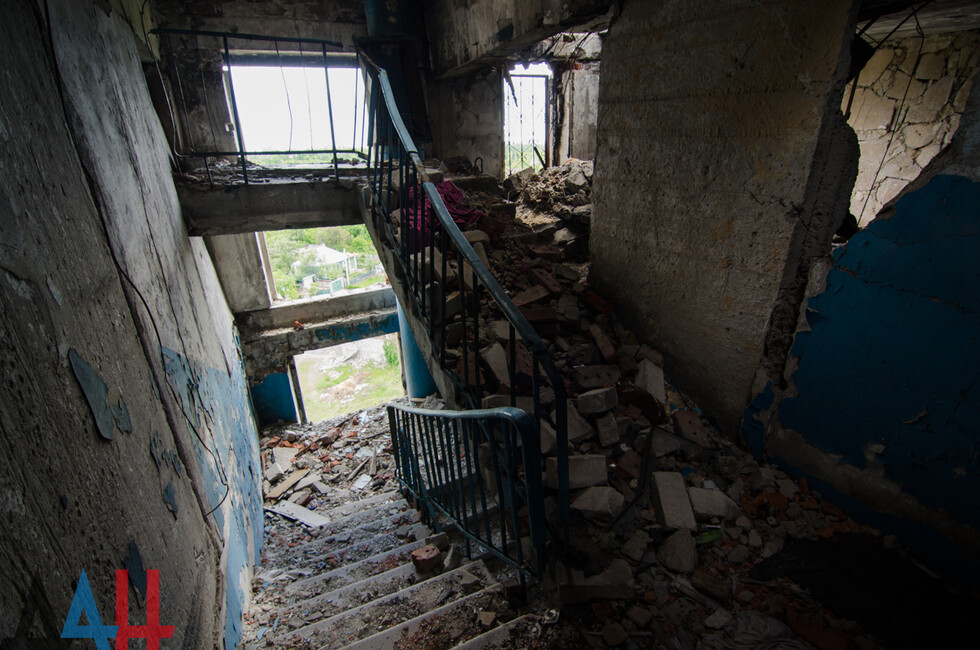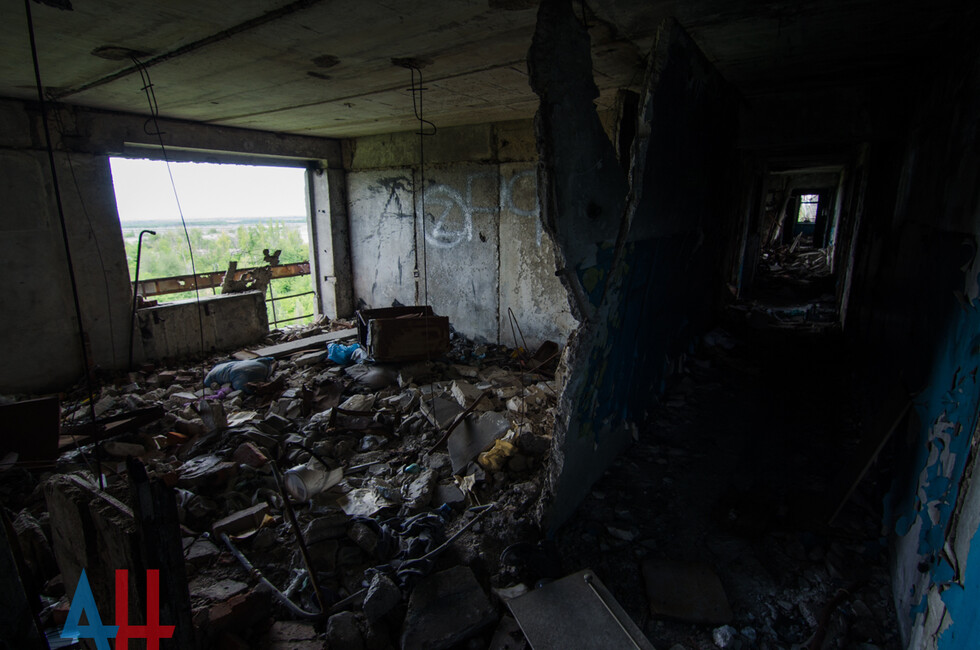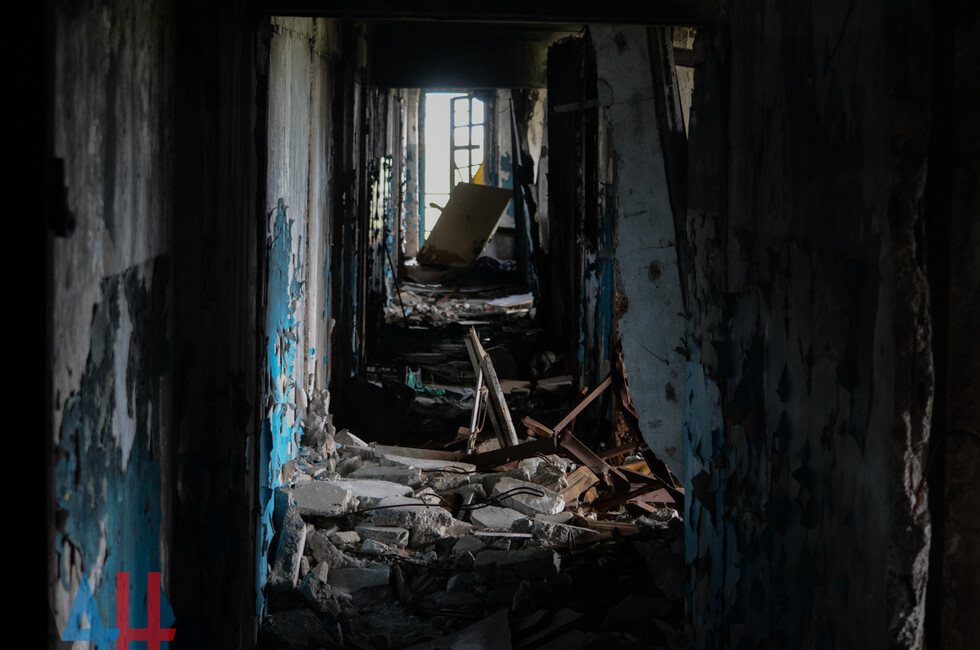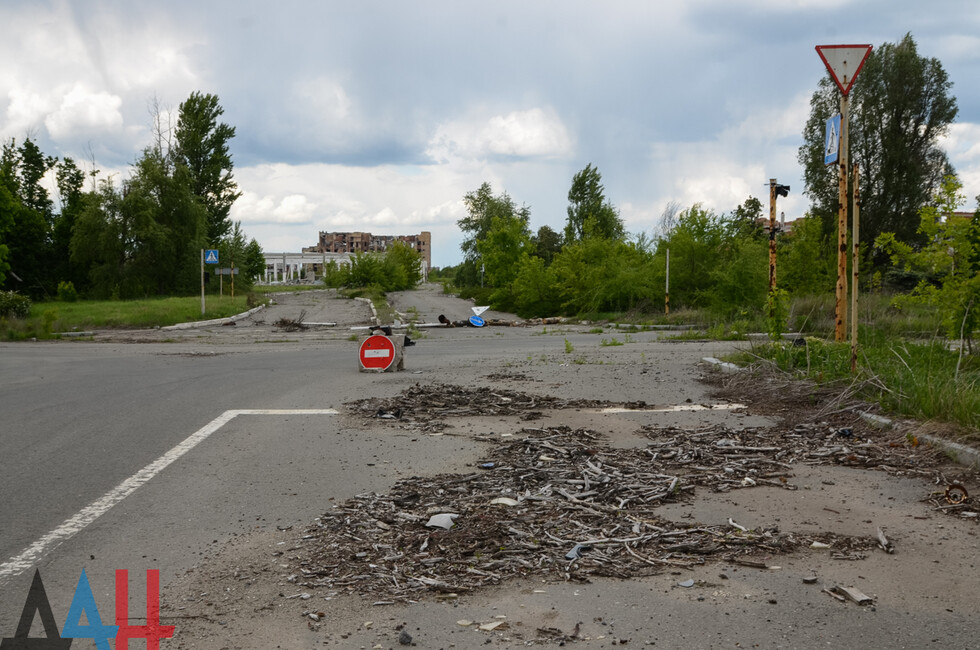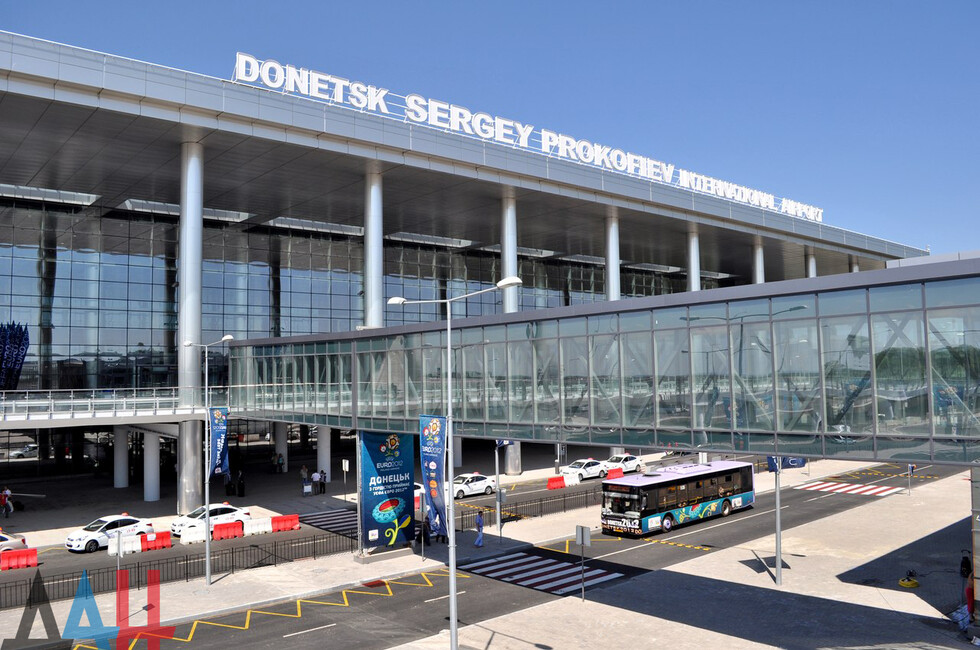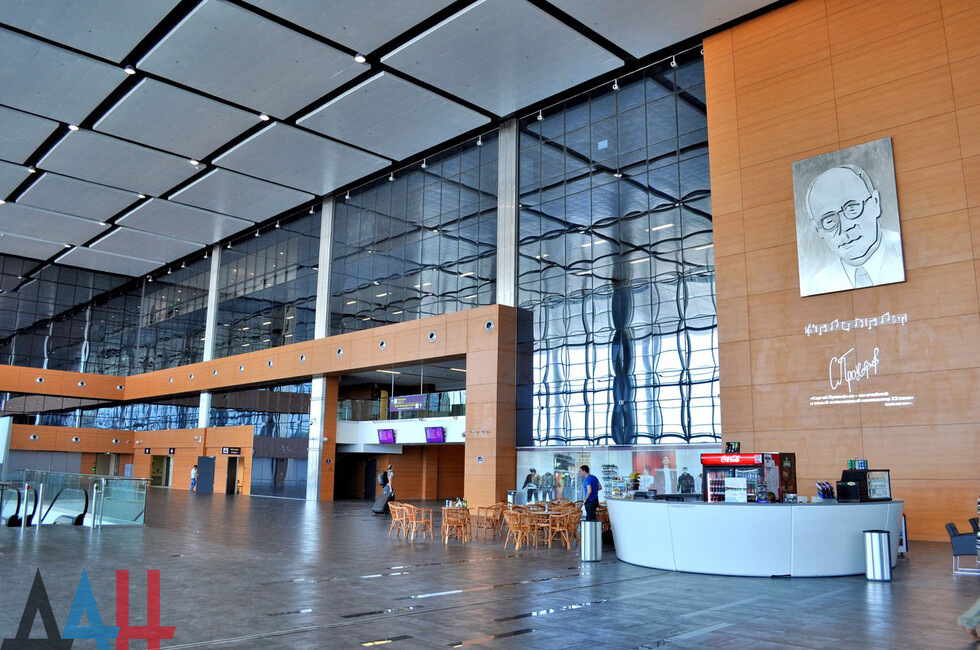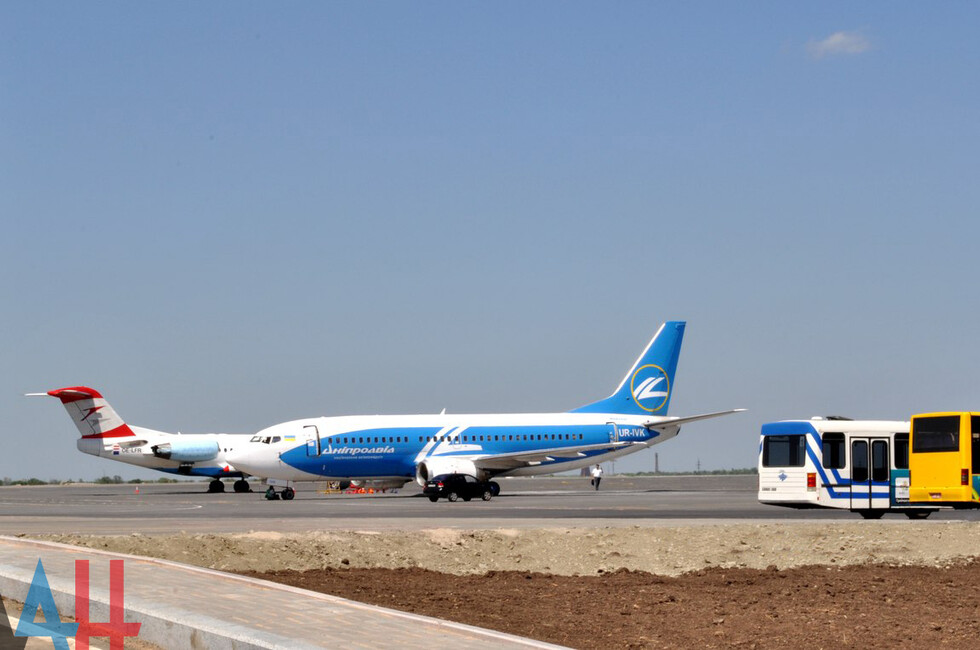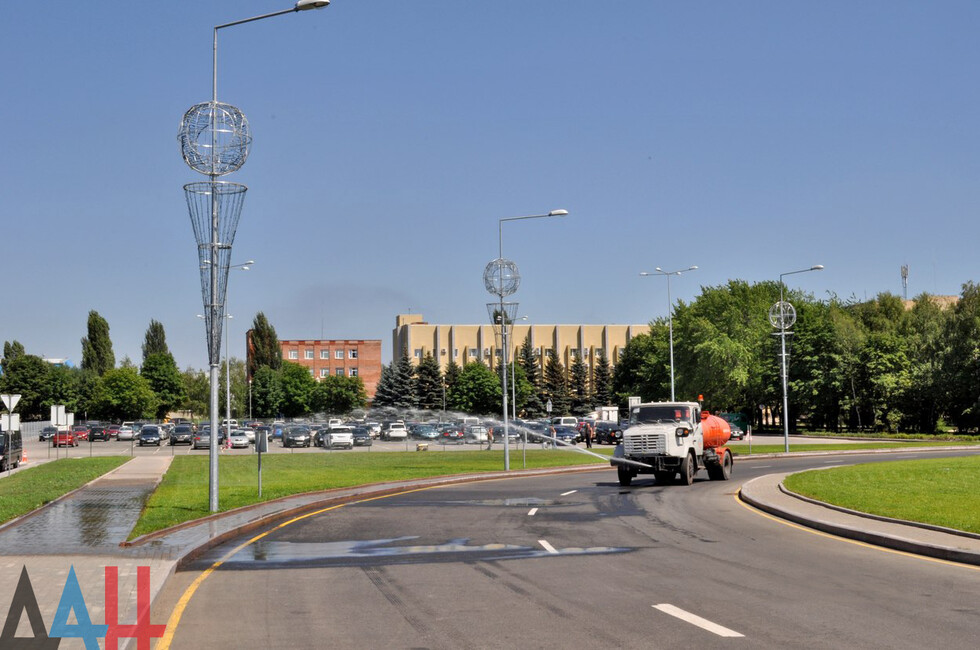Donetsk, May 26 - DAN. The war-ravaged airport and neighbouring settlements, the land pockmarked with shell impacts and cut with tank caterpillars, the legendary nine-story apartment house and nearly desolate streets - many people remember this picture of Donetsk’s northern districts which were the first to come under Ukrainian warplanes fire in 2014. Today marks six years since the beginning of the fight for Donetsk.
Before the war, the Donetsk airport was the main gateway airport in the region. Its timeline started in 1931. In 2012, a new seven-storey terminal with passenger throughput capacity of 3,100 per hour was launched ahead of the European football championship. A new runway could be used by any types of aircraft, including the world’s largest An-225. The upgrade cost 6.97 bln hryvnas ($875 million at the prices back then).
Today, only ruins can remind of the former glory of one of the most modern air havens in eastern Europe. It all happened because of the war. The Ukrainian army launched the first attack on Donetsk in 2014. Both airport facilities and neighbouring residential areas came under fire.
Dozens of people were killed on the first day of fighting for Donbass, while the number of wounded ran into hundreds. Civilians accounted for half of the casualties.
Donetsk People’s Republic parliament member, head of the DPR Afghan War Veterans Council Vladimir Savelov was a participant in May 26 clashes. He speaks in faltering tones on camera as he recounts the events. Before the tragic date, he and his colleagues had fixed the cross which had been put up to honour the fallen airport defenders.
“We are in Vzlyotnaya Street (adjacent to the airport - eds Donetsk News Agency), precisely at the sport where our militia were killed. On May 26, 2014, approximately at 14:00, Ukrainian army units began to storm the Donetsk airport. A war began in Donetsk claiming the lives of many civilians and militiamen,” Savelov said.
The cross was installed in March 2015. Beneath is a capsule containing the soil from the homeland of the fallen fighters, Donetsk residents and Russian volunteers. A memorial for the militiamen who sacrificed their lives in fighting for the city is in the plans.
“Every year we clean up here. I took part in May 26 events. We were stationed here; I know everything that happened. It’s a tragedy,” he said.
Vslyotnaya and Stratonavtov are among the best know streets in Donetsk. Before the war, the area accommodated cottage construction sites and was regarded as prestigious. Currently, there’s hardly a living soul here. Vzlyotnaya and Stratonavtov have always been the first targets of the Ukrainian army since the beginning of the conflict. Most of the houses have been demolished or are beyond repair.
“It was a nightmare when planes and helicopter began to fly. They fired at my garden in earnest,” said a local resident. He was the only person whom the reporters encountered in Vzlyotnaya Street. He said that shells had exploded in his vegetable garden and that wounded people were everywhere. “We came to their rescue without waiting for the medics,” he said.
“I helped the wounded. I took boys to my home, how could I refuse. Bombs were dropped right on my vegetable patch. A tank gun round wrecked the roof of his house, and damaged walls and windows. In Stratonavtov Street, a house burnt down in 2014, and my dad’s house was smashed to pieces. I lost everything. The garage, my car and the pigeon house, the hencoops. Fourteen shells impacted at my place. I have no teeth because they were knocked out,” the local resident said.
Six years ago, Donetsk was the key industrial, sport and cultural centre in Ukraine, recognised by UNESCO as one of the best world cities. It was actively developing industry, agriculture, science and education. Its higher education centres appeared in world university rankings, while researchers and workers set records.
The war changed everybody’s life. After seizing power in the country, Euromaidan participants rejected the choice made by the Donbass people who had decided to follow their own path. In response, Kiev sent a army against workers and farmers. Many had to take up arms to defend their rights; some swapped their rock drills for assault rifles or combine harvesters for tanks and some helped by retooling the industry for the war.
The conflict claimed thousands of lives, dozens of thousands were wounded, hundreds became permanently disabled and more than two million residents were displaced as they fled Ukrainian gunmen’s abuses. Also, dozens of thousands houses and infrastructure facilities were damaged or destroyed. The Donbass war has entered the seventh year and Donetsk has been in the line of fire for six years.*jk

